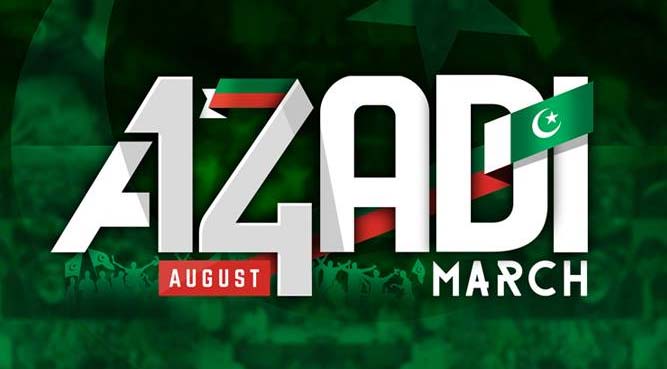Most Pakistanis are angry on Afghan President Hamid Karzai’s blame the Pakistan game. Me too, I felt personally hurt when he said that Pakistan wants to enslave Afghan people. May be there was some truth in his accusations about Taliban incursions but his anger irritates average Pakistani who thinks that we have always supported Afghanistan in troubled times. We have the world’s largest refugee population, we suffered from heroine and Kalashnikov culture for the better future and stability of Afghanistan.
In response to Hamid Karzai’s accusations, Pakistan’s decision to fence the border and use of mines to stop cross border infiltration would be considered the right choice by many Pakistanis. What they do not understand is why Afghanistan doesn’t like this solution?
In 1893, Afghans and British made a treaty to divide the Pashtun territory of Southeast Afghanistan (now North-West Frontier Province (N.W.F.P.), Federally Administered Tribal Areas (F.A.T.A.) and Balochistan provinces of Pakistan). Named after Sir Mortimer Durand, the Durand Line is still poorly marked 2,640 kilometer (1,610 mile) border between Afghanistan and Pakistan. Afghanistan does not recognize the Durand Line as international border. In 1947, Afghanistan’s Loya Jirga declared the Durand Line invalid as they saw it as ex parte on their side (since British India ceased to exist in 1947 with the independence of Pakistan). Since then Pakistan has failed to get any Afghan government declaring Durand Line as the permanent border between the two countries.
Pakistani Pashtun tribes and Afghan government see the fencing as a dirty trick to change the status of the Durand line.
Also it is doubtful that Pakistan would succeed to control infiltration that way, BBC quotes Awami National Party’s Afrasayab Khattak, claiming:
“The Soviet Union, with more than 100,000 troops and massive air power, failed to prevent the infiltration of mujahideen that were sent in by Pakistan with international help,”
The international community continuously demanding Pakistan to curb down on Taliban hideouts and stop them crossing the border to destabilize Afghanistan. But no one, not even the United States is willing to support Pakistan’s fencing solution. It is also difficult for Pakistan to fence a 2640 KM poorly marked border with no other party to fund it.
Pakistan’s proposal to use land mines is also a cause of concern among tribes and International community. Hundreds of local tribesmen cross Pak-Afghan border each day for work, business and to meet families on the other side of the border. Even though Pakistan has not signed Anti-Mine Ban treaty but Afghanistan had and they still have a large population of handicapped and orphan mine victims. Few days ago, visiting Canadian foreign Minister Peter Gordon MacKay supported Pakistan’s fencing and has successfully compelled Pakistan to reconsider the mining by offering better alternatives.
Right now, fencing the Durand Line is a golden opportunity for Pakistan to change the status of the line and get a better control on the territory. But fencing is not a solution to stop Taliban. Ahmed Rashid, an analyst of Afghan issues, a journalist and author of “Taliban: Militant Islam, Oil and Fundamentalism in Central Asia” offers the solution:
“The essential thing that Pakistan needs to do is arrest the Taliban leaders living in Quetta,” he said, referring to the southwestern Pakistani city where Afghanistan and its allies say the Taliban have found refuge.
“As long as the Taliban organisational structure has a base in Pakistan this conflict is going to continue.”
Comment Summary
No comments available.

